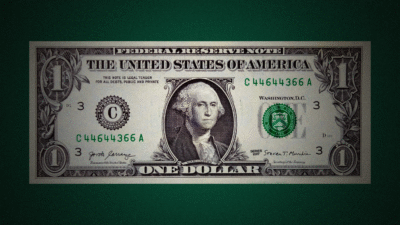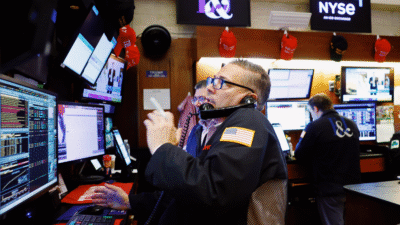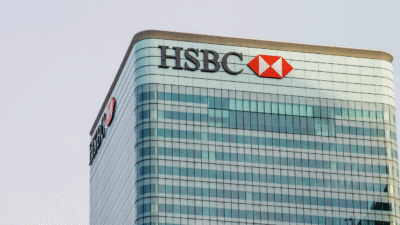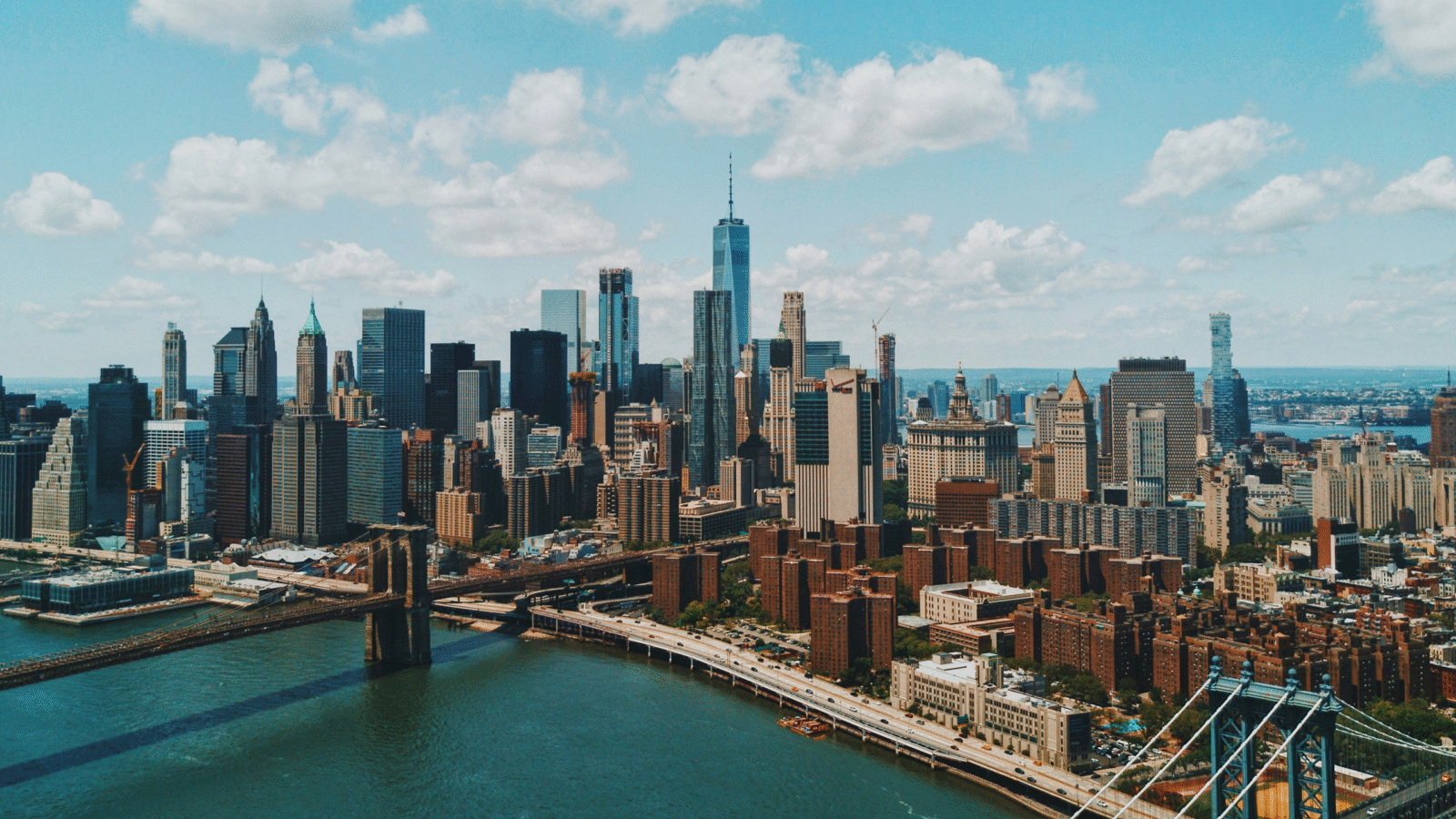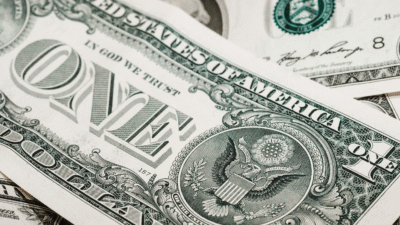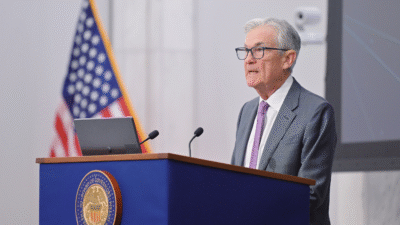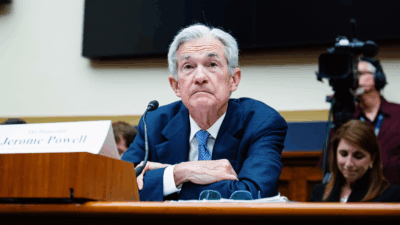US Corporate Delinquencies Near Eight-Year High Amid Interest-Rate Squeeze
Even with a booming economy in the past two years, US companies are missing loan payments at the highest rate in almost eight years,

Sign up for smart news, insights, and analysis on the biggest financial stories of the day.
New data on corporate loans don’t make for soothing bedtime reading.
Even with a booming economy and stock market in the past two years, credit card delinquencies and auto loan defaults have reached decade plus-highs. And now US companies are missing loan payments at the highest rate in almost eight years, according to new data.
Nobody’s Default But My Own
Corporate credit has been a sturdy and dependable revenue source for banks in the wake of the pandemic, especially compared with other forms of lending.
After Covid restrictions on defaults were lifted, credit card and auto loan delinquencies almost immediately spiked in 2023, with households burdened by a highly inflationary environment. Commercial real estate defaults also skyrocketed, given the semi-permanent pivot away from pre-pandemic professional life (no matter how much Jamie Dimon wishes otherwise).
Corporate delinquency rates have risen much more slowly, but even their reliability appears to be slipping, if only a little. A key reason is interest rates, which are historically still very high at 4.5%, despite last year’s Fed cuts. Corporate bank loan delinquencies are especially susceptible to the Fed rate because corporate loans are typically made with variable interest rates — meaning they fluctuate based on market conditions:
- Corporate borrowers were a month or more late on $28 billion in debt payments to banks at the end of 2024, according to new data collected by analysts at BankRegData and reported by the Financial Times on Monday. That marked an increase of $2.2 billion in the fourth quarter and $5.4 billion year-over-year.
- The delinquency rate on loans by American banks to domestic and foreign companies rose to 1.3% at the end of last year, the highest since the first quarter of 2017.
Expect the Expected: Companies expected sustained relief from high interest rates after inflation slowed last year and the Fed began lowering its key rate. But recent data — notably consumer prices rising 3% in January, well above the central bank’s 2% target — have left the Fed’s policymakers in a holding pattern, one where many businesses are stuck with higher variable rates on their loans. To make matters worse, analysts and economists have warned that any potential trade wars could inflame inflation, leading the Federal Reserve to hold off on rate cuts even longer.

